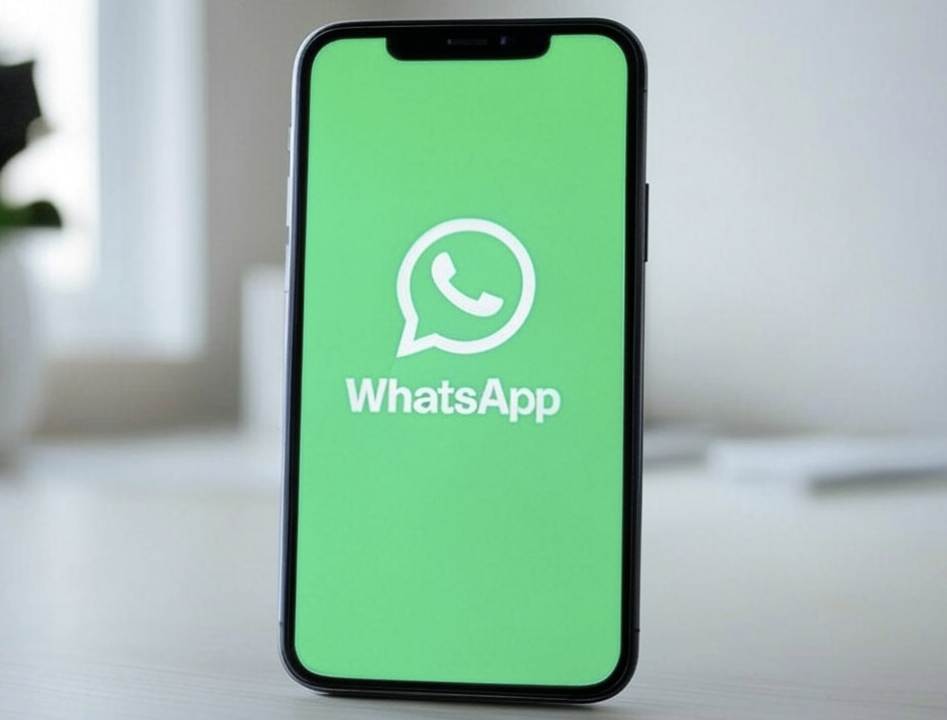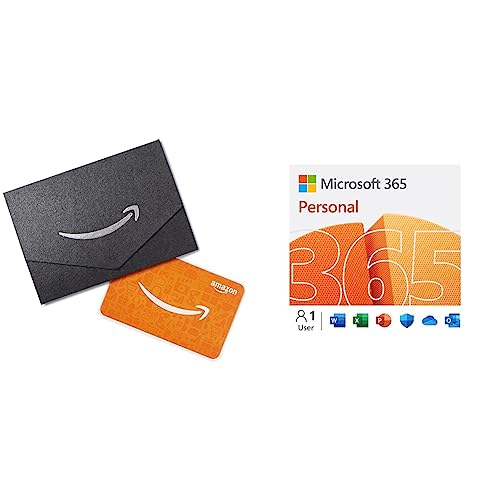Google is putting lost things on notice. The tech giant just rebranded its long-running ‘Find My Device’ platform as Find Hub, and it’s more than a name change — it’s a full upgrade to how Android users keep track of the stuff (and people) that matter. If you’re the type who misplaces your earbuds every other day or wants next-level tools to track your travel gear, Find Hub is built for you.
What Is Google Find Hub?
Find Hub is Google’s new ecosystem for locating devices, people, and personal items — all in one place. Think of it as the control room for everything you don’t want to lose. Whether you’re looking for your phone, wallet, luggage, or even your kid’s tablet, Find Hub brings powerful tools together under a slick new interface that lives inside Android.
Why Google Rebranded ‘Find My Device’
‘Find My Device’ got the job done — but let’s be honest, it was long overdue for a glow-up. The rebrand to Find Hub isn’t just cosmetic. It signals Google’s push into smarter, more connected tracking, positioning itself as a serious contender against Apple’s ‘Find My’ ecosystem. It’s a move that says: yeah, we’re catching up, but also — we’re thinking bigger.
Key Features That Set Find Hub Apart
Ultra-Wideband Precision Tracking
Forget the frustrating “it’s somewhere nearby” notifications. With Ultra-Wideband (UWB) support, Find Hub can tell you exactly how far and in what direction your tagged item is — like a digital compass. UWB tags are rolling out with brands like Motorola, and Android phones with built-in UWB chips can take full advantage.
Satellite Connectivity for Remote Tracking
Later this year, Google is unlocking satellite support for Find Hub. That means even when your gear is way off the grid — like in a mountain lodge with zero signal — you can still locate it. This is a massive upgrade for outdoor adventurers, travelers, and anyone who’s ever said, “I hope I didn’t leave that back in Iceland.”
Real-Time People Location Sharing
Find Hub isn’t just for stuff. There’s now a dedicated ‘People’ tab for sharing locations with trusted contacts. Planning a meet-up, tracking your kid on a school trip, or making sure a friend gets home safe — this adds a layer of smart connection without relying on third-party apps.
Luggage Tracking with Airlines
Yes, you read that right. Google’s working with airlines to let you share tracker info directly with baggage staff. Lost luggage? Find Hub makes it way easier to locate it in real time — no more awkward shrugs from customer service.
Third-Party Partnerships & Smart Tags
From suitcases to keychains to Disney-themed kid trackers, Find Hub is integrating across brands like July, Mokobara, Peak, and Pixbee. These partnerships expand tracking beyond phones and earbuds into everyday gear you actually take on the move.
How Find Hub Compares to Apple’s Find My
Apple fans have long bragged about their Find My network, but Find Hub levels the playing field — and maybe raises the bar. With satellite features, people tracking, and UWB precision, Google’s ecosystem is turning Android into a true find-anything platform. The bonus? It’s open to more hardware makers, not just Pixel or Galaxy.
Device Compatibility & Availability
Find Hub is rolling out on all modern Android devices via Google Play Services. UWB and satellite features will depend on hardware, but most users will be able to use basic tracking and sharing right out of the box. The experience will keep evolving as partner tags and accessories hit the market in mid-2025.
Final Thoughts: Why Find Hub Is a Big Deal
This isn’t just a rebrand — it’s Google stepping into the modern era of spatial tracking. Whether you’re deep in the city or off-grid in the wild, Find Hub brings Android into the find-anything game with style and muscle. It’s clean, it’s smart, and it’s got range. Just how we like our tech.


